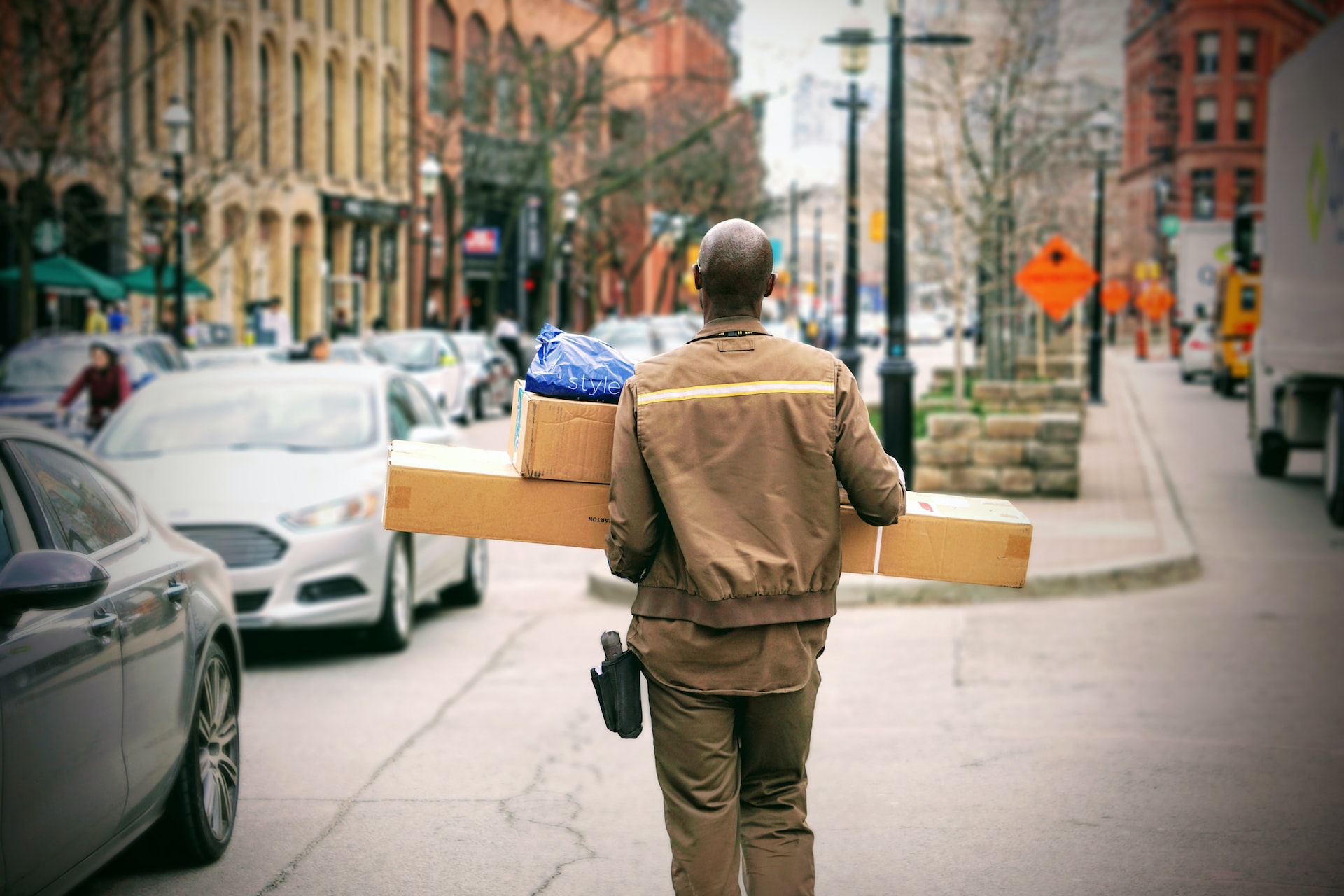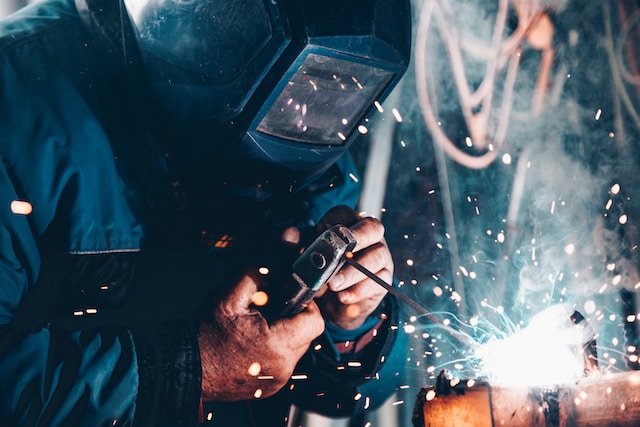In business, one of the significant concerns of proprietors is ‘employee safety.’ Proprietors should ensure that their people are protected at all times from certain dangers that may befall them in the workplace.
For one, the warehousing industry has a higher average rate of injuries as compared to other industries. Consequently, there is a higher degree of employee safety standards that needs to be followed. Employers of this industry are, thus, required to provide their employees with personal protective equipment, marked walkways, and, most of all, safety railings.
Some guardrails may not be applicable or may not be at all safe. Specific standards must be met when choosing safety railings to install in your warehouses. We’ve rounded up a few of these guidelines to help you choose the perfect safety railings for your warehouse. Read on to know more.
What are Guard Rails or Safety Railings?
Before going through the guardrails guidelines, we must first understand what guardrails or safety railings are.
The words ‘guardrails’ and ‘safety railings’ are often used interchangeably. They both refer to heavy-duty beams installed for fall protection in raised platforms and stairways. They are designed to keep stocks and employees safe.
Furthermore, guardrails allow you to separate traffic zones, fence restricted areas, and protect equipment and inventory, thereby boosting warehouse productivity. It is the most cost-effective safety precaution against overhead costs associated with replacing damaged stocks, equipment, and storage systems.
Because of these functions, guardrails must necessarily be strong enough to withstand breaking in cases where persons or things fall or push on it.
Workplace Suitability
According to the Occupational Safety and Health Administration (OSHA), all platforms four feet or more above the adjacent floor or ground must be protected by a standard guardrail on all open sides. This rule includes mezzanines, loading docks, roofs, among others.
The type of railings you use in your warehouse depends mainly on the type of warehouse you operate. For most warehouses, the most common yet best basic guardrail suitable for any facility is an industrial steel safety railing. This type of guardrail is commonly known to withstand the impact of 10,000 lbs at 4mph. Most warehouses opt for industrial removable safety railings because of their versatility and durability.
Other types of guardrails also include:
- pipe-sleeved guardrails
- drop-in guardrails
- fixed barriers
- locking dock guards
- interlocking barriers
- and more.
As mentioned, the type of guardrail suitable for your warehouse depends on the warehouse and operations you have. Consequently, when choosing safety railings, you must choose the most suitable for your business.
OSHA Compliant
After choosing the most appropriate guardrail, you must make sure that the safety railing you will install in your warehouse is OSHA compliant.
OSHA has strict standards when it comes to the installation of railings. The spacing of vertical posts and horizontal posts are factors that are considered by OSHA in ruling your guardrails as compliant. Not only that, but also, you must choose the right diameter for your safety railings.
Likewise, OSHA dictates that guardrails must be made from materials that do not expose employees to injuries, such as lacerations, punctures, or entanglement. It’s recommended that you opt for one with rounded surfaces rather than those with sharp edges.
Height Restrictions
To be a practical safety feature, OSHA recommends that guardrails have a vertical height of 42 inches from the upper surface of the top rail to floor, platform, runway, or ramp level. Guardrails which height exceeds the maximum height of 44 inches is nevertheless allowed, provided the extra height does not expose employees to certain dangers.
Visibility
Guardrails or safety railings are supposed to be warnings to potential dangers in the workplace. It also serves as visual cues to direct the flow of traffic in operations. Which is why they need to be visible.
OSHA recommends that guardrails be tagged to indicate potential hazards. Also, it is recommended that guardrails be identified with bright yellow colors, which is the industry standard color for warnings.
Purchase from Reliable Sellers
It’s also crucial that you purchase from vendors with an excellent reputation when it comes to safety railings.
Purchase safety railings from suppliers that provide high-quality guardrails. Those manufactured in the United States are subjected to stricter manufacturing standards compared to ones sold by foreign counterparts.
Furthermore, if you purchase US-made guardrails it’s easier to fix when damaged as the replacement parts and add-ons are more accessible than having them imported.
Takeaway
As mentioned, there are more risks for injuries in warehouse industries as compared to other industries. Consequently, employers from said industry are demanded to exercise more prudence in ensuring employees’ safety.
Warehouses must install guardrails as an essential safety feature of the workplace. It must comply with OSHA specifications and must also follow guidelines to ensure that you are installing the most suitable safety railing for your warehouse.
Author’s bio: Richard Perkins is a freelance writer and contributor based in Oakland, California. Since he was young, he had shown great interest in industrial tech and made it his life goal to be part of the industry. Richard might have been writing for five years now, but he still has a lot of knowledge he wants to share with the world.







